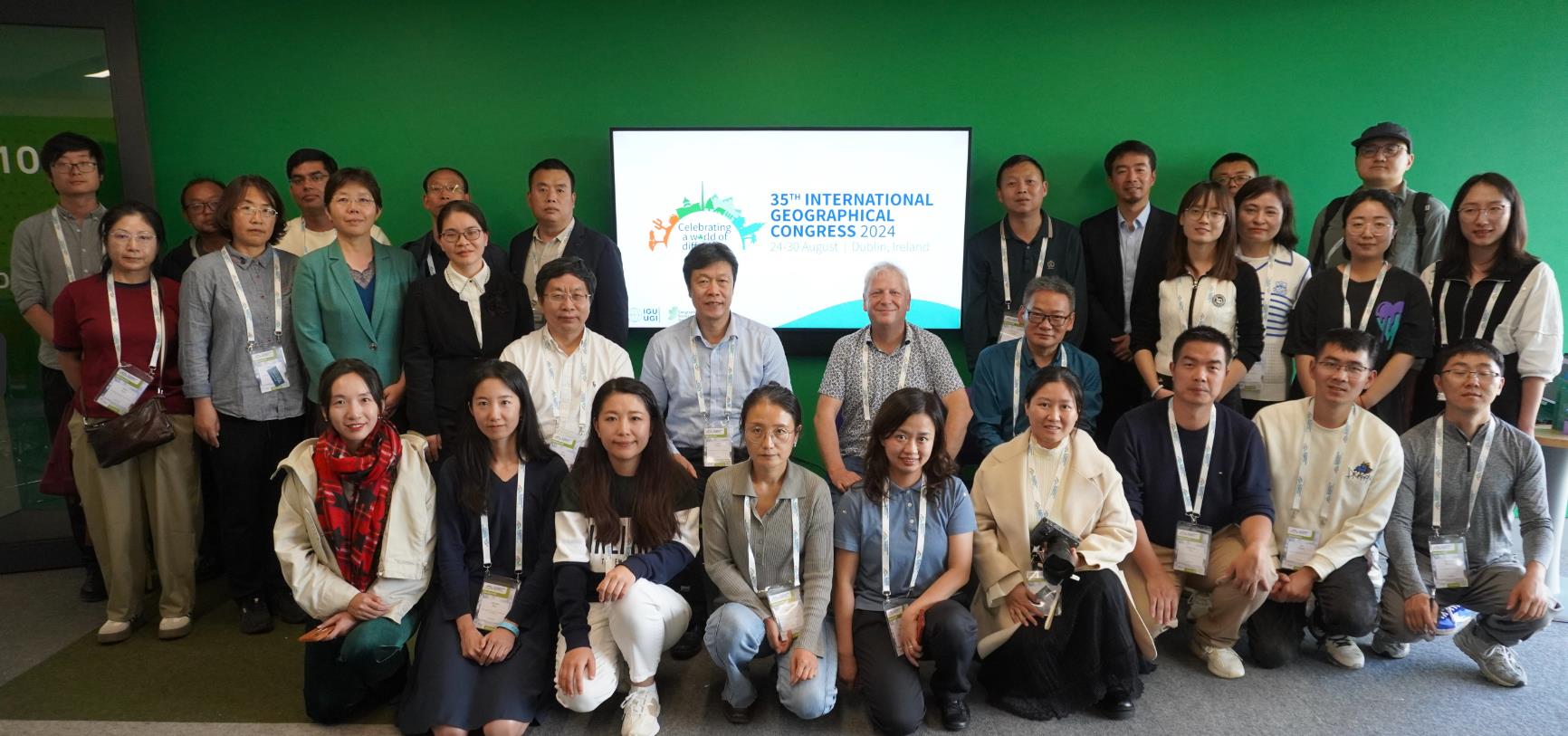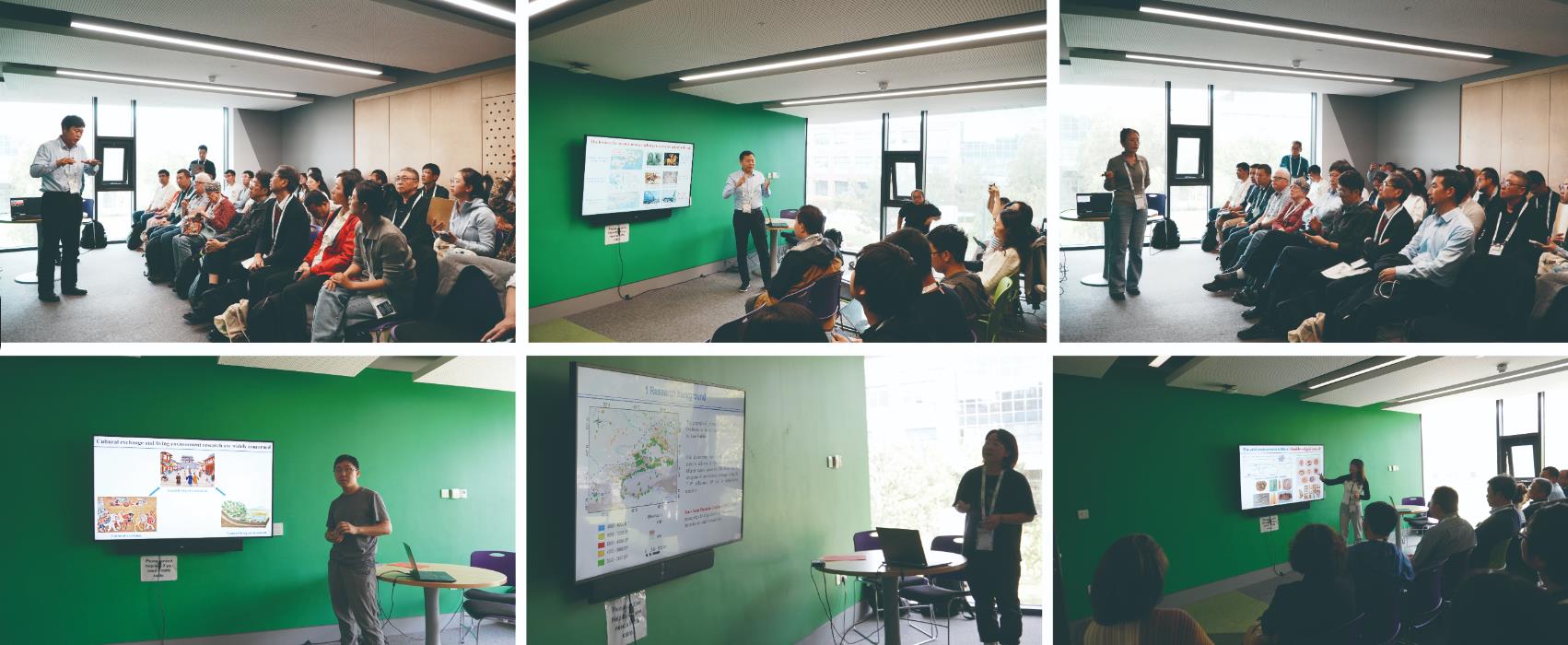From August 24 to August 29, 2024, the 35th International Geographical Congress (IGC) was held in Dublin, Ireland. The Environmental Archaeology Team from our institute successfully organized two sub-forums. The first sub-forum, titled “Human-environmental interactions in the ancient Silk Road regions,” was led by Professor Ma Minmin, Academician Chen Fahu, Researcher Hou Juzhi, Professor Elena Xoplaki, Professor James Bendle, and Dr. Xie Haichao. The second, titled “Interactions between the Silk Road and the Eurasian steppe since the Neolithic era,” was organized by Professor Dong Guanghui, Researcher Zhou Xinying, Researcher Tan Liangcheng, and Dr. Liu Ruiliang. Both sub-forums were hosted by members of the Across Continental Exchange and Silk Road Civilization Alliance (ATES), with Professor Dong Guanghui and Professor Ma Minmin serving as the head and liaison of Work Group 2, respectively. A total of 25 scholars from 11 domestic and international institutions presented academic reports and poster presentations at the conference.
During the conference, the IGU "Silk Road Civilizations and Environments" Committee, initiated by Chairman Chen Fahu, was officially established with the approval of the General Assembly.

Five faculty members and students from our Environmental Archaeology Team delivered oral presentations. Professor Dong Guanghui presented on "The dispersal of crops and livestock and its influence on human-environment interactions along the Eurasia Steppe and Silk Roads in prehistory," discussing the spatiotemporal changes in livelihood patterns since the Neolithic era and the evolution of human-environment relationships across the Eurasian continent.Professor Ma Minmin’s presentation, titled "Prehistoric millet farming on the eastern Margin of the Tibetan Plateau: Transformation, southward dispersal and influence," explored the spread and impact of millet agriculture on the southeastern edge of the Tibetan Plateau. Young researcher Zhang Shanjia, doctoral student Lu Yongxiu, and doctoral student Yan Ziyun introduced their work in presentations titled "Mid-Holocene flooding delayed the prevalence of wheat and barley in East Asia," "The lifestyle of Tuyuhun royal descendants: identification and chemical analysis of buried plants in the Chashancun cemetery, northwest China," and "Human migration and dietary variation along the eastern and middle Tianshan Mountain over the past 5000 years," respectively. Their presentations stimulated extensive discussions and exchanges with scholars from around the world.

The thematic sessions and the establishment of the Silk Road Civilizations and Environments Committee hold significant value for advancing research on key scientific issues concerning the evolution of human-environment relationships in prehistoric Eurasia. Furthermore, it helps enhance the visibility of our Environmental Archaeology Team in the international academic community and fosters further exchange and collaboration in the field of geography with both domestic and international colleagues.
Conference Background
Established in 1871, the IGC is the largest and most prestigious international geography event, organized every four years by the International Geographical Union (IGU). The 35th IGC was hosted by the IGU and organized by the Geographical Society of Ireland and Dublin City University, under the theme “Celebrating a World of Difference.” The conference featured more than 200 academic sub-forums, with over 2,600 scholars from more than 100 countries participating.